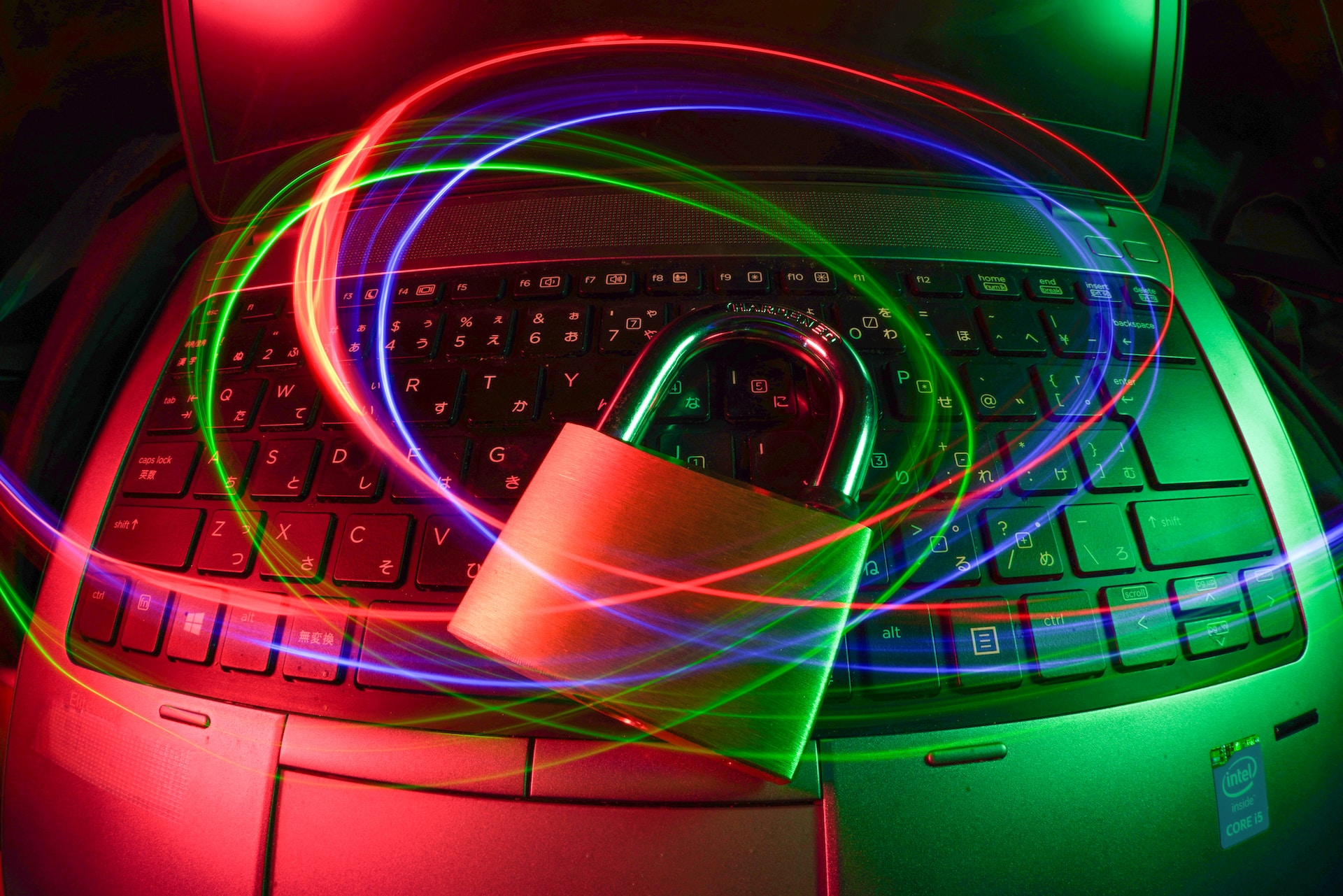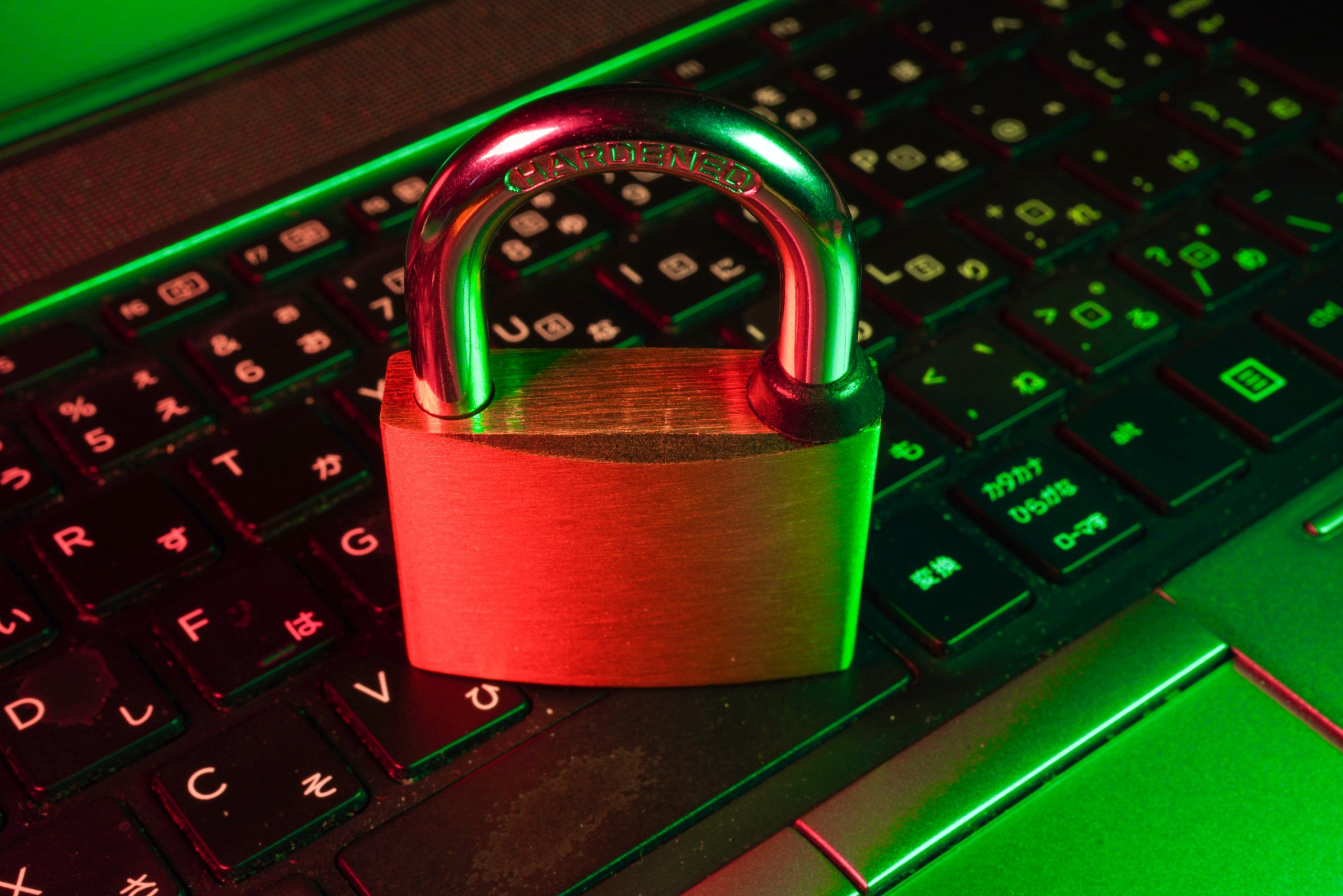SinoTrack GPS Receiver
All CISA Advisories, CISA, June 10, 2025
1. EXECUTIVE SUMMARY
- CVSS v4 8.8
- ATTENTION: Exploitable remotely/Low attack complexity
- Vendor: SinoTrack
- Equipment: All Known SinoTrack Devices
- Vulnerabilities: Weak Authentication, Observable Response Discrepency
2. RISK EVALUATION
Successful exploitation of these vulnerabilities could allow an attacker to access device profiles without authorization through the common web management interface. Access to the device profile may allow an attacker to perform some remote functions on connected vehicles such as tracking the vehicle location and disconnecting power to the fuel pump where supported.
3. TECHNICAL DETAILS
3.1 AFFECTED PRODUCTS
The following SinoTrack products are affected:
- SinoTrack IOT PC Platform: All versions
3.2 VULNERABILITY OVERVIEW
3.2.1 WEAK AUTHENTICATION CWE-1390
A username and password are required to authenticate to the central SinoTrack device management interface. The username for all devices is an identifier printed on the receiver. The default password is well-known and common to all devices. Modification of the default password is not enforced during device setup. A malicious actor can retrieve device identifiers with either physical access or by capturing identifiers from pictures of the devices posted on publicly accessible websites such as eBay.
CVE-2025-5484 has been assigned to this vulnerability. A CVSS v3 base score of 8.3 has been calculated; the CVSS vector string is (AV:N/AC:L/PR:N/UI:R/S:U/C:H/I:H/A:L).
A CVSS v4 score has also been calculated for CVE-2025-5484. A base score of 7.6 has been calculated; the CVSS vector string is (AV:N/AC:L/AT:P/PR:N/UI:P/VC:H/VI:H/VA:L/SC:N/SI:N/SA:L).
3.2.2 OBSERVABLE RESPONSE DISCREPENCY CWE-204
User names used to access the web management interface are limited to the device identifier, which is a numerical identifier no more than 10 digits. A malicious actor can enumerate potential targets by incrementing or decrementing from known identifiers or through enumerating random digit sequences.
CVE-2025-5485 has been assigned to this vulnerability. A CVSS v3 base score of 8.6 has been calculated; the CVSS vector string is (AV:N/AC:L/PR:N/UI:N/S:U/C:H/I:L/A:L).
A CVSS v4 score has also been calculated for CVE-2025-5485. A base score of 8.8 has been calculated; the CVSS vector string is (AV:N/AC:L/AT:N/PR:N/UI:N/VC:H/VI:L/VA:L/SC:N/SI:N/SA:L).
3.3 BACKGROUND
- CRITICAL INFRASTRUCTURE SECTORS: Communications
- COUNTRIES/AREAS DEPLOYED: Worldwide
- COMPANY HEADQUARTERS LOCATION: China
3.4 RESEARCHER
Independent researcher Raúl Ignacio Cruz Jiménez reported these vulnerabilities to CISA.
4. MITIGATIONS
SinoTrack did not respond to CISA’s request for coordination. Please contact SinoTrack for more information.
CISA recommends that device users take defensive measures to minimize the risk of exploitation of these vulnerabilities, including:
- Change the default password to a unique, complex password as soon as is practical in the management interface available at https://sinotrack.com/.
- Conceal the device identifier. If the sticker is visible on publicly accessible photographs, consider deleting or replacing the pictures to protect the identifier.
CISA reminds organizations to perform proper impact analysis and risk assessment prior to deploying defensive measures.
CISA also provides a section for control systems security recommended practices on the ICS webpage on cisa.gov/ics. Several CISA products detailing cyber defense best practices are available for reading and download, including Improving Industrial Control Systems Cybersecurity with Defense-in-Depth Strategies.
CISA encourages organizations to implement recommended cybersecurity strategies for proactive defense of ICS assets.
Additional mitigation guidance and recommended practices are publicly available on the ICS webpage at cisa.gov/ics in the technical information paper, ICS-TIP-12-146-01B–Targeted Cyber Intrusion Detection and Mitigation Strategies.
Organizations observing suspected malicious activity should follow established internal procedures and report findings to CISA for tracking and correlation against other incidents.
CISA also recommends users take the following measures to protect themselves from social engineering attacks:
- Do not click web links or open attachments in unsolicited email messages.
- Refer to Recognizing and Avoiding Email Scams for more information on avoiding email scams.
- Refer to Avoiding Social Engineering and Phishing Attacks for more information on social engineering attacks.
No known public exploitation specifically targeting these vulnerabilities has been reported to CISA at this time.
5. UPDATE HISTORY
- June 10, 2025: Initial Publication





















